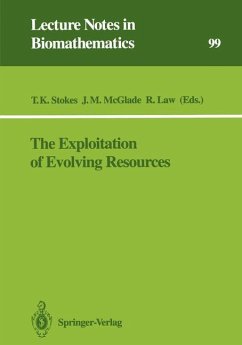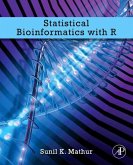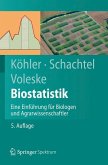The impact of man on the biosphere is profound. Quite apart from our capacity to destroy natural ecosystems and to drive species to extinction, we mould the evolution of the survivors by the selection pressures we apply to them. This has implications for the continued health of our natural biological resources and for the way in which we seek to optimise yield from those resources. Of these biological resources, fish stocks are particularly important to mankind as a source of protein. On a global basis, fish stocks provide the major source of protein for human consumption from natural ecosystems, amounting to some seventy million tonnes in 1970. Although fisheries management has been extensively developed over the last century, it has not hitherto considered the evolutionary consequences of fishing activity. While this omission may not have been serious in the past, the ever increasing intensity of exploitation and the deteriorating health of fish stocks has generated an urgent need for a better understanding of evolution driven by harvesting and the implications of this for fish stock management. The foundations for this understanding for the most part come from recent developments in evolutionary biology and are not generally available to fisheries scientists. The purpose of this book is to provide this basis in a form that is both accessible and relevant to fisheries biology.








